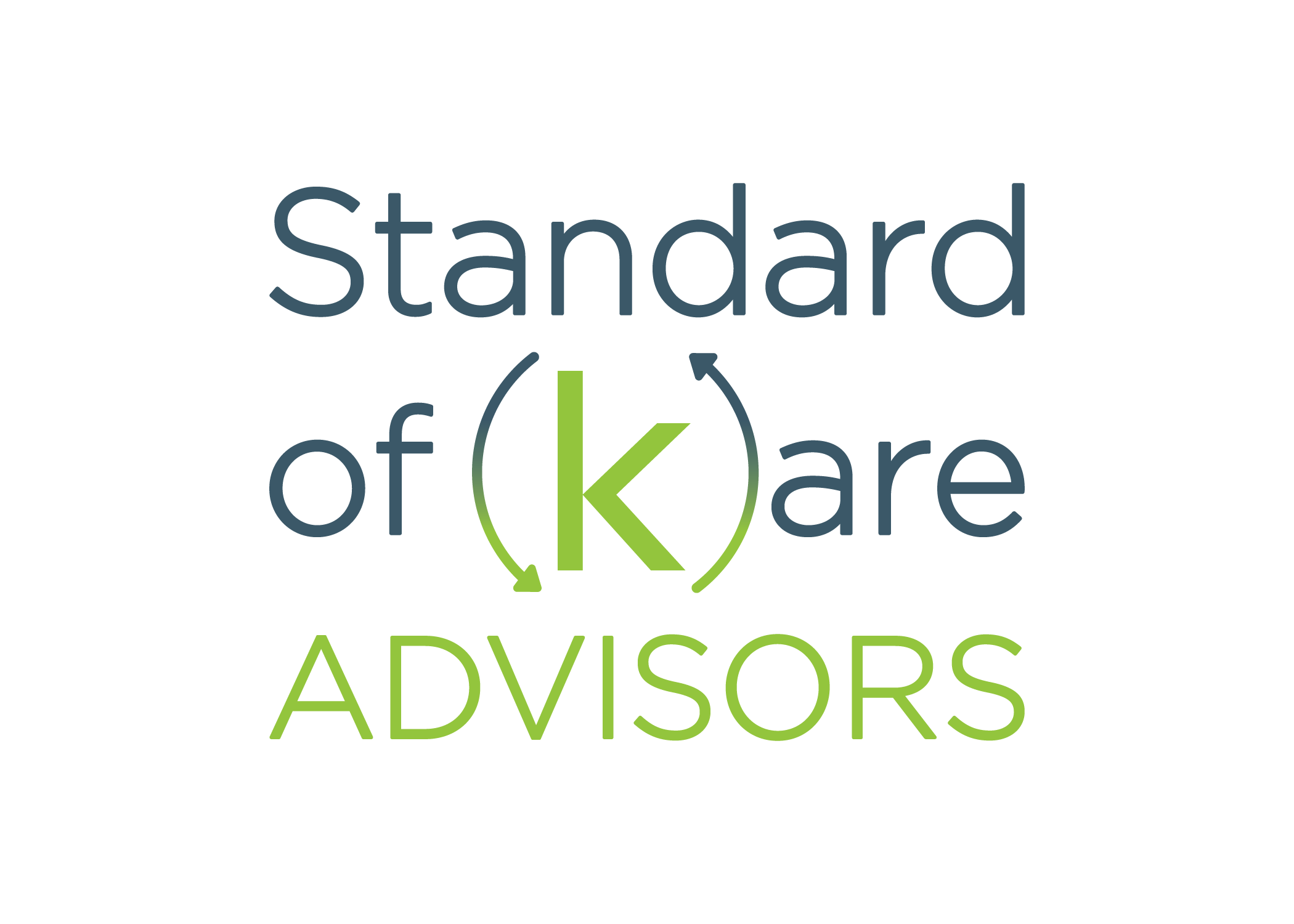How my advisor
gets paid
On the surface, how your advisor gets paid may not seem important. With appropriate benchmarking, you may find that it can make a big difference to you, as a plan sponsor, and also to participants in your plan. Many who bill themselves as retirement plan advisors are designated by the Securities and Exchange Commission as brokers. These sales people are commission-based and are paid when the plan buys or sells investments.
Often the plan sponsor doesn’t know how much the broker actually receives. Not surprising, considering the complexities built into the commission formulas. Registered Investment Advisors (RIAs), on the other hand, are not selling products, but consulting and advisory services. In exchange for those services, RIAs charge a fee, often a percentage of assets under management. Fee-only advisors do not receive commissions from the purchase or sale of securities.
Since retirement plan sponsors have a fiduciary duty to make sure fees paid by the plan are reasonable, it is important for them to know and understand how their advisors are paid. A fee-based advisor is selling his or her expertise to a client rather than selling products. The employer may then have a higher comfort level, knowing that investment recommendations are based on the best interests of the plan participants rather than those of the sales person (another fiduciary duty of plan sponsors). RIAs can and often do take on official status as an investment fiduciary for the plans they serve, sharing the burden with the employer.
The decision of whether to use a fee-based advisor like the financial advisors at Stndard of (k)are Advisors or a commission-based broker is crucial. It can impact your fiduciary liability and the amount of fees paid by you and your participants.
Click to Ask an Advisor

